I’ve always believed that a fun way to learn history is through the experience of riding a train. There’s something antiquated yet charming about riding trains. Between the conductors and the world flying by outside your window, there’s a sentimental and nostalgic appeal to train travel.
Cuyahoga Valley Preservation and Scenic Railway Association
In 1880, the Valley Railway began operations by moving coal to Cleveland, Akron, and Canton, from the Tuscarawas River Valley. They, of course, provided passenger service along the way. After a decade, Baltimore & Ohio Railroad absorbed the Valley Railway company to further expand their network. In the following century, competition from automobiles, trucks, and buses caused the decline of both freight and passenger service. In the 1970s, tourists started showing interest in the train route as a scenic excursion through the Cuyahoga Valley National Park — thus the Cuyahoga Valley Preservation and Scenic Railway Association was born. Today they offer excursion trips on the Cuyahoga Valley Scenic Railroad, which runs between Akron and Rockside Station on a Class III railroad using either diesel-electric and steam-powered engines.
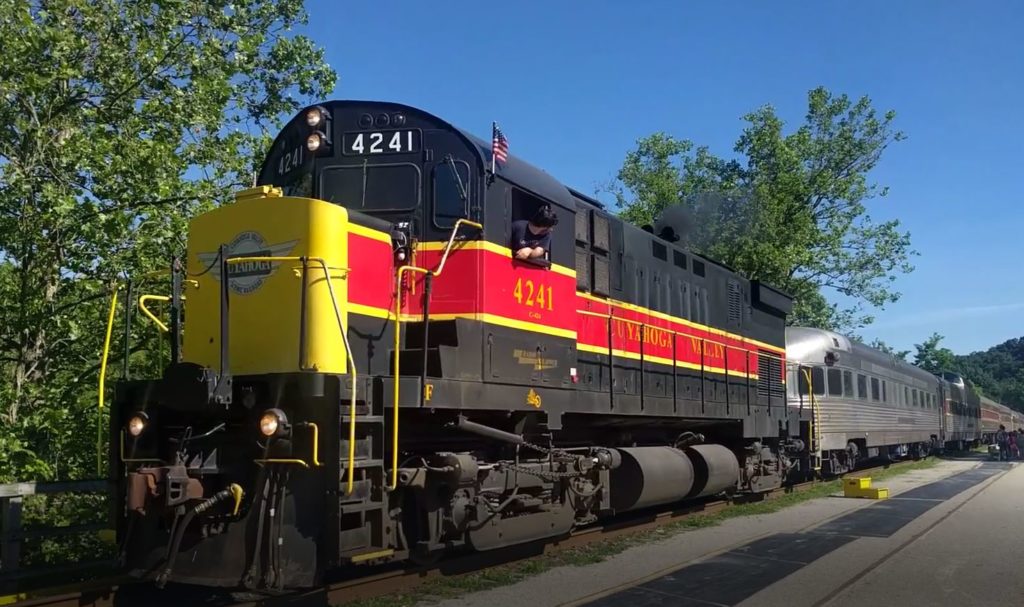
Cuyahoga Valley Scenic Railroad
Peninsula Depot
Peninsula, Ohio, is a small but lively town located in the center of Cuyahoga Valley National Park. The Cuyahoga Valley Scenic Railroad stops right in town at the Peninsula Depot. The Ohio and Erie Canal also runs through the town along with the Towpath Trail.
The town itself was established in 1818, gaining its prosperity from the canal. Canal boats would frequently stop at this location, the passengers, and workers aboard seeking food and rest. Today hikers, bikers, tourists and train-goers stop at Peninsula for refreshments since it is one of the only towns between Akron and Cleveland.
For us, Peninsula Depot is our starting point for our train ride since its the closest to where we’re staying in our Airstream. The Peninsula Depot building once housed Cuyahoga Valley National Park rangers, providing maps and information to visitors. In 2014, Cuyahoga Valley Scenic Railroad took it over, and today visitors can buy train tickets and discover railroad information.
Based on fair warning by a park ranger, I bought our coach train tickets online since they sell out regularly. At around $17 per adult, I feel that the price is fair and worth the trip. Sure, the first class at $24 per adult sports nicer seating and more room, but it doesn’t come with an All-day pass train pass and the ability to deboard-reboard as we please. Dome tickets cost $30 per adult and you get to sit in a car with a cool panoramic glass enclosure, but again no freedom to get on and off as you want. Furthermore, in the summer, a conductor warned us that the glass dome can act like a hot greenhouse despite the air conditioning.
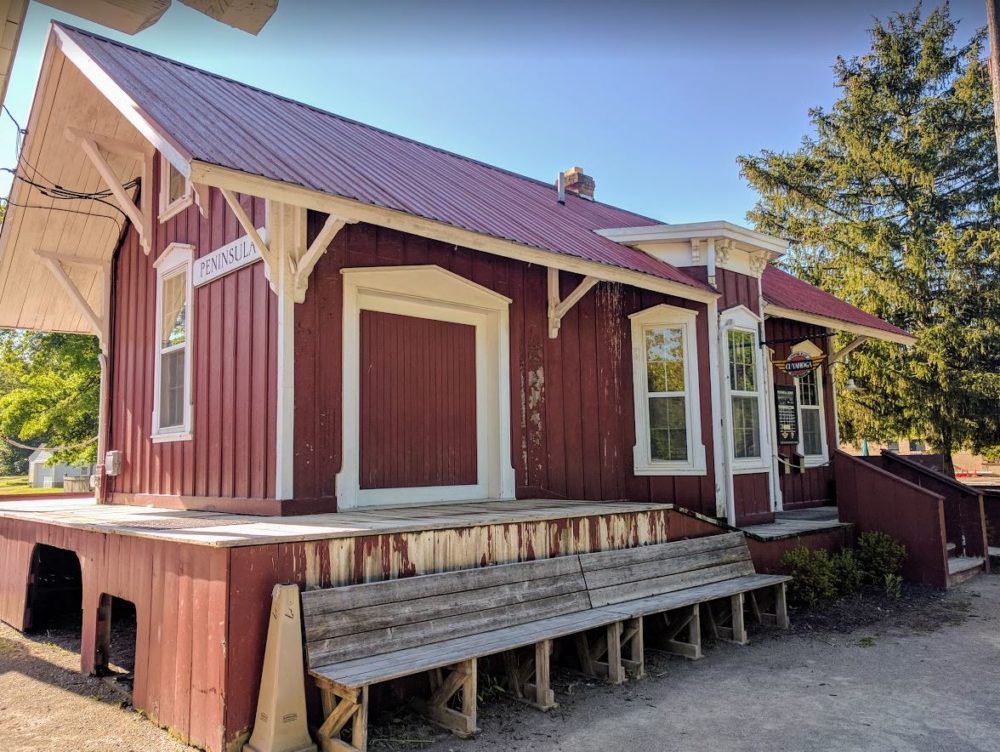
Peninsula Depot
CVSR Train Tracker & Audio Tour
Just for giggles, I download the Cuyahoga Valley Scenic Railway Train Tracker App on my Android phone and put on a pair of headphones. Supposedly, the CVSR Train Tracker follows the train right on the map and plays a series of audio tracks called “Voices of the Valley.” As the train passes each waypoint the app plays an audio track related to that location. It also displays the trains current speed and heading. For a while the app is awesome, I hear stories from the canal’s heyday and facts about Cuyahoga Valley National Park. I like the way I can zoom in on an area and learn additional details. About midway through, the app fails, mostly because I’m outside my cellular coverage area. So we go old-school and obtain a transceiver from the Conductor in order to continue our audio tour.
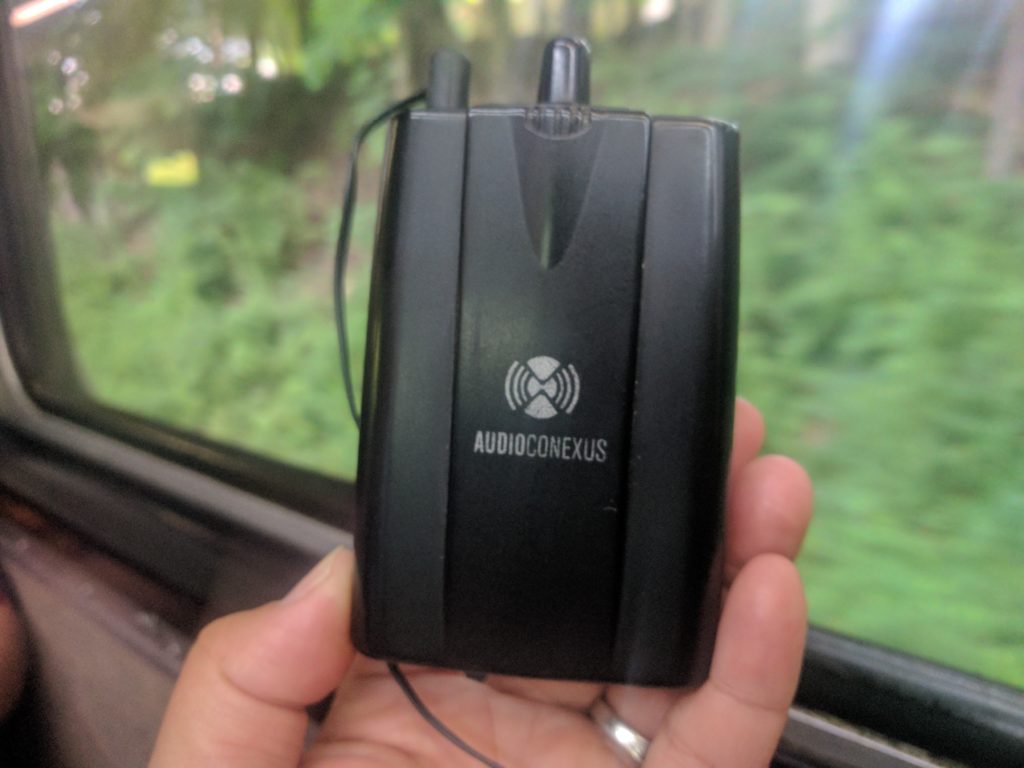
“Voices of the Valley” – Just get the audio tour transceiver it’s a bit more reliable.
Indigo Lake
Although there are eight stops along the train route, I only feel that its worth describing a few of them. At one such stop, we spy a large bowl-shaped lake that glows an indigo blue color — which is probably why they call it Indigo Lake. Locals say its perfect for birders and hikers, while in the winter its a great spot for cross-country skiers. The surrounding grassy hills make for a quiet venture for the outdoor enthusiast. I can see a few migrant waterfowl such as loons, ducks, and grebes. At the far end of the shore, an angler dips his line into the water.
According to the audio tour, the site was originally Gray’s Quarry, a pit filled with gravel and sand. The pit was later filled with water by park service personnel to create Indigo Lake. Today several natural springs in the immediate area supply the lake with water. In the winter, the lake freezes over, and the Akron Fire Department use it to practice under-ice rescue techniques.
I should also mention that locals say that ghosts haunt the shores of Indigo Lake. Visitors report feeling watched along the shore and trail at night. Native American tribes roamed the area thousands of years before European settlers came. Perhaps they loved the beautiful region so much, they decided to stay for eternity.
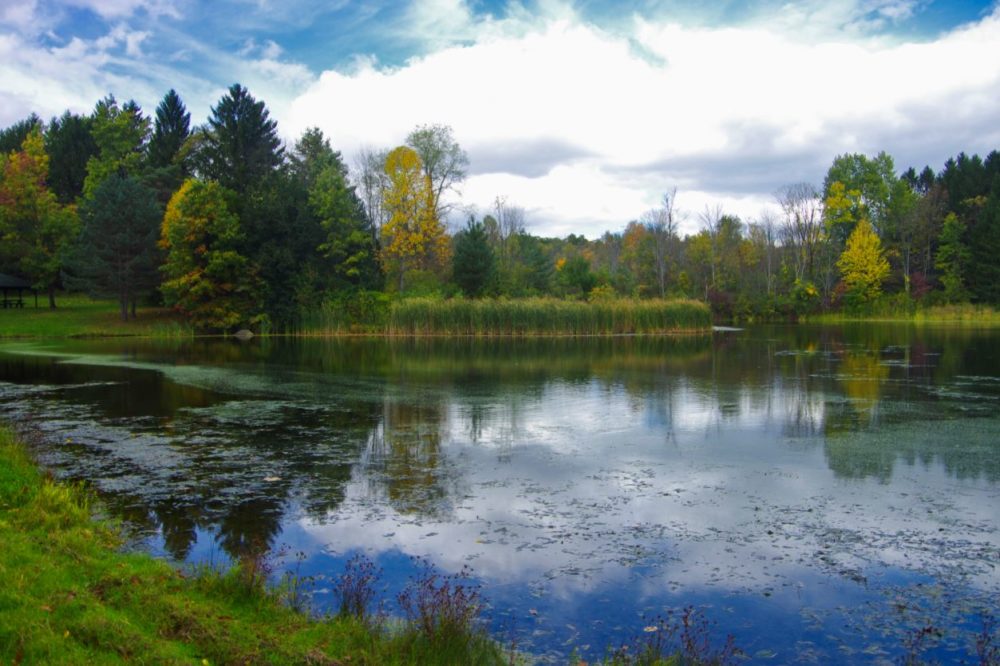
Indigo Lake – a manmade lake in the Cuyahoga Valley
Conrad Botzum Farmstead
Near the southern border of the national park and at a stop called Botzum Station, we learn of the Botzum family farm. Upon a gently sloping terrace of the Cuyahoga Valley’s southwestern wall, Conrad built himself a homestead. A single dirt road driveway crosses the Towpath Trail and the railroad tracks before climbing about 50 feet to the farmstead’s plateau.
The story of the Botzum family starts with John George Botzum, John A.’s father. The originally owned woolen mills along the Rhine River in Germany. Fearful that his five sons would be drafted into the German Army during the Napoleonic Wars, John George decided to flee the country. The landed in New York, where the whole family almost fell prey to South American slave ring. Thankfully they were rescued by a friend and moved to Ohio. In the Northampton Township, John George worked as a construction laborer and his wife Katherine managed boarders. Later in 1876, his son John A. Botzum purchased a farmstead from the Connecticut Land Company, where they raised sheep and produced wool. In 1883, land ownership, John A. transferred ownership of the farm to his brother, Conrad. Today the farmstead bears the younger brother’s name and is used to host weddings and special events.
Station Road Bridge
On our northbound trip, one noteworthy stop is at the Station Road Bridge. The Madison Massillon Bridge Company built the bridge in 1882 and is a fine example of a rare double-intersection Pratt truss. Restored in 1992, the bridge now only carries pedestrian, cyclist, and equestrian traffic across the Cuyahoga River. If you take the trail, you’ll pass by the Brecksville feeder canal and dam, which supplies water to the Ohio and Erie Canal. Further on, just beyond the concrete multi-arched Brecksville-Northfield High-Level Bridge, there is a spot where you can view eagle and great blue heron nests from across the river.
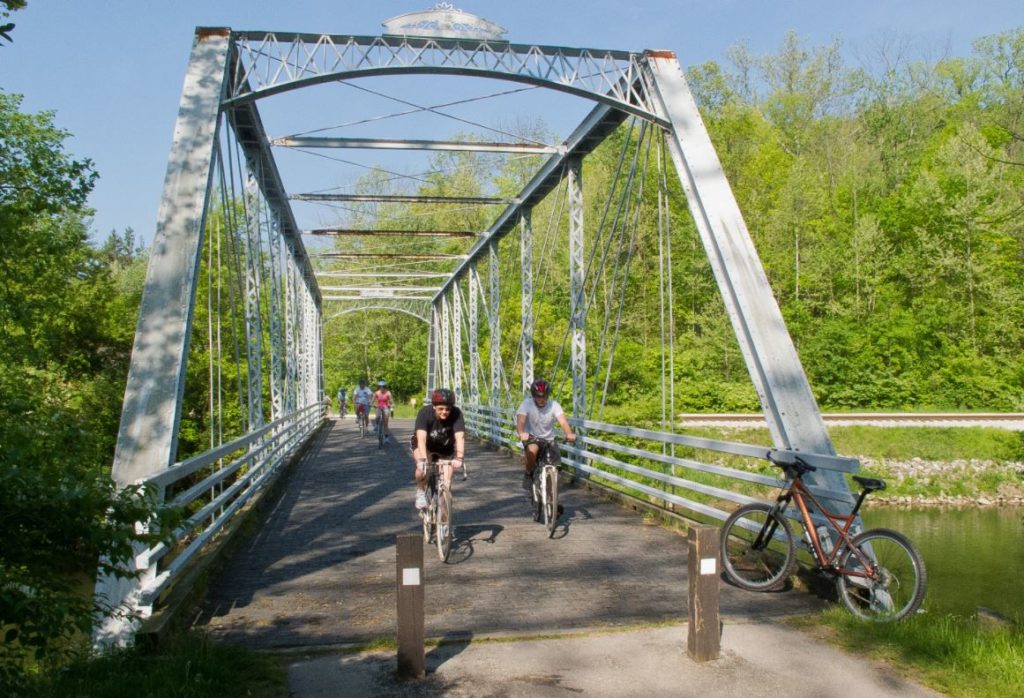
Station Road Bridge
Back at Peninsula
When we arrive back at Peninsula Depot, we take a quick walk around the town to stretch our legs and grab a snack. Overall, I found the train ride rather peaceful and I really enjoyed the history lessons from the audio tour.
- Dome Car
- Hitch enjoys the train
- Trail on the Train
- First Class
- Coach Class
- Sig on the Sigfried Car
- Private Car
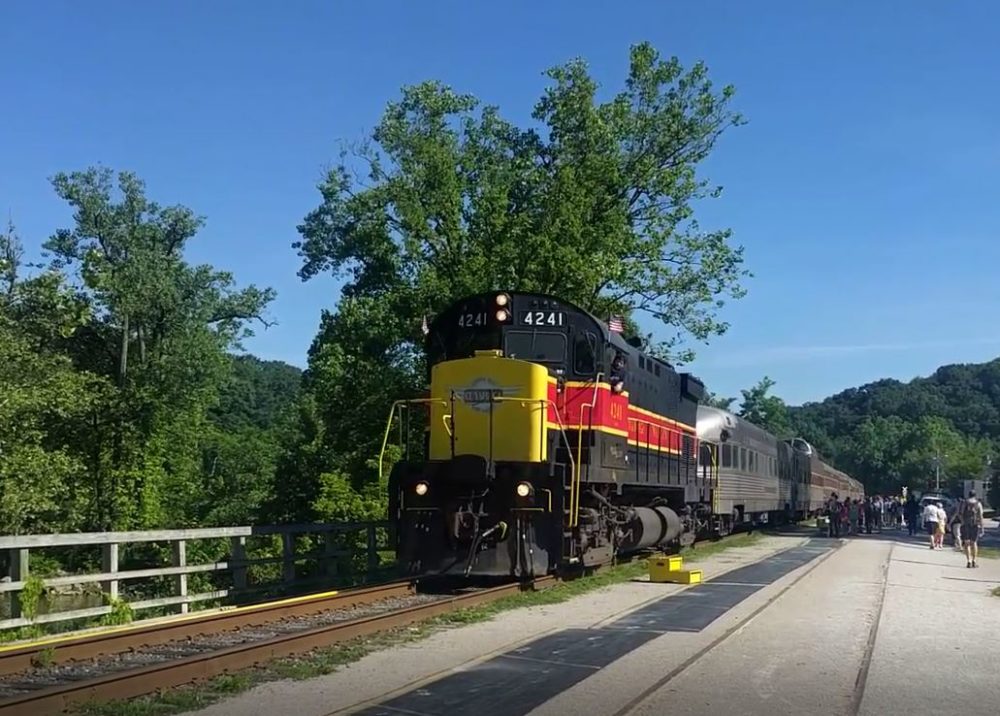



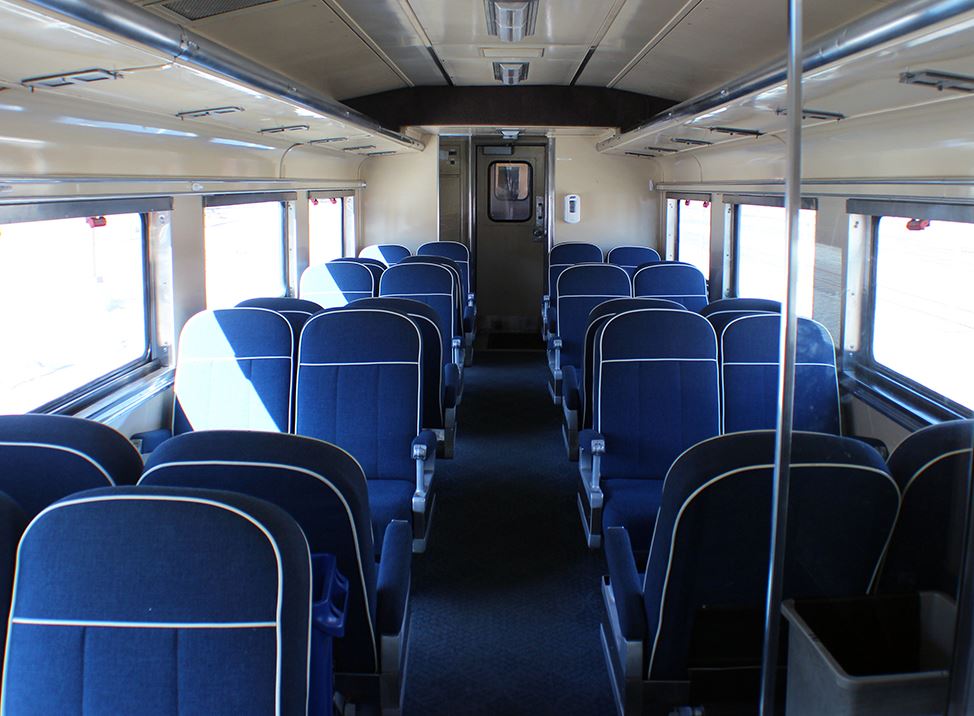
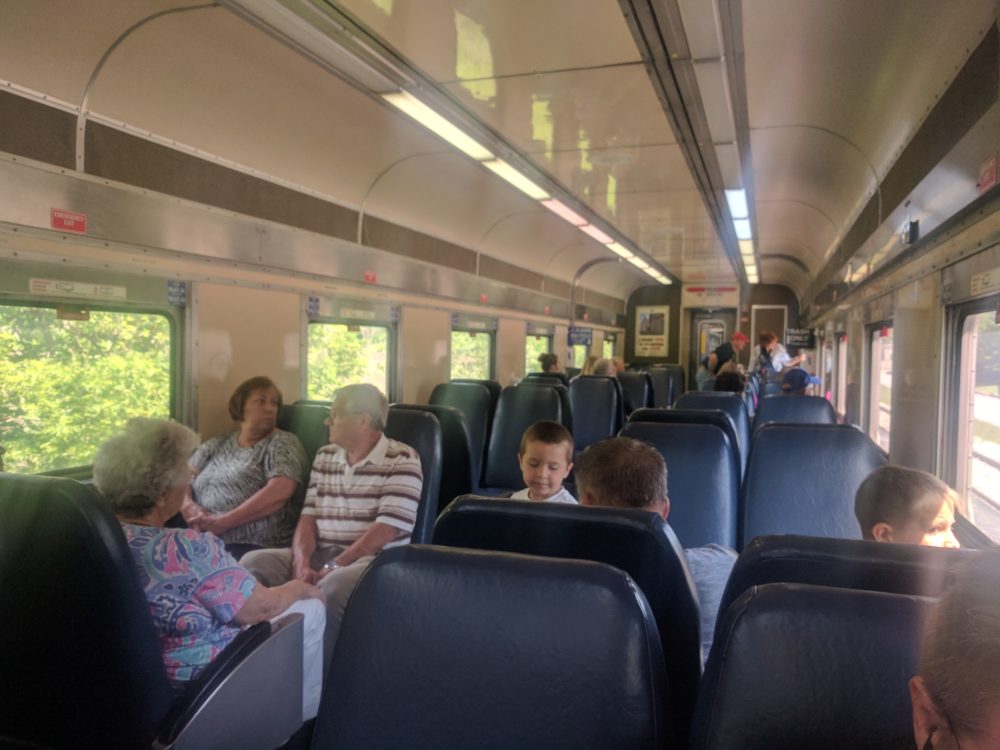

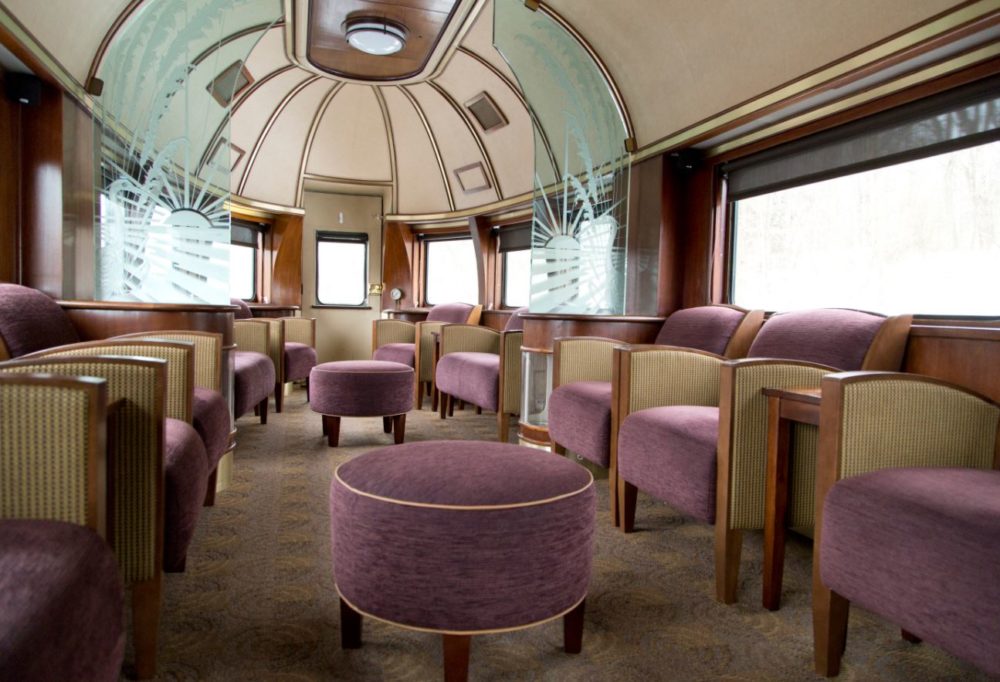
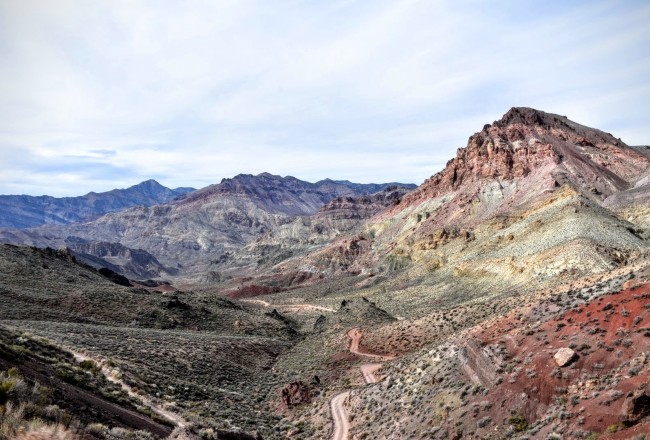
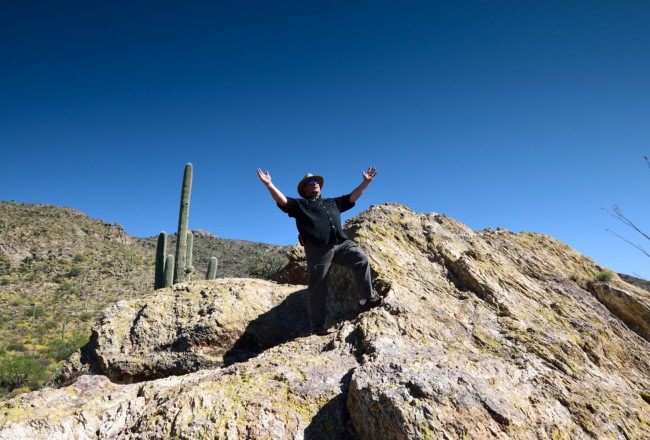



1 Comment
Very cool! I agree that train travel is a great way to see things and I love the nostalgia involved.